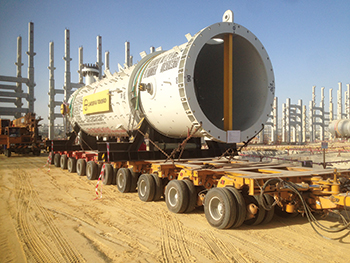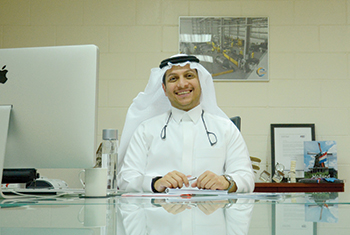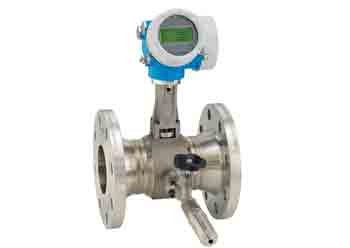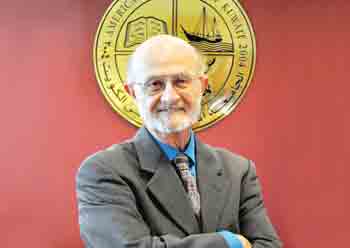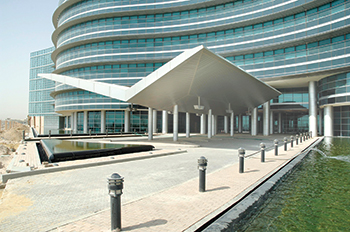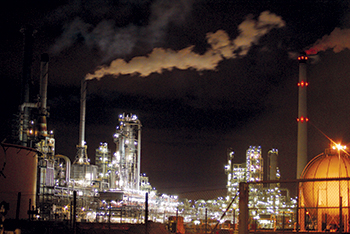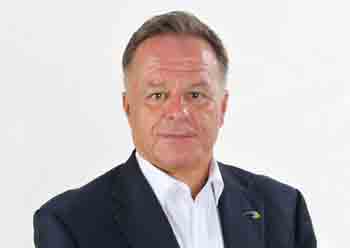
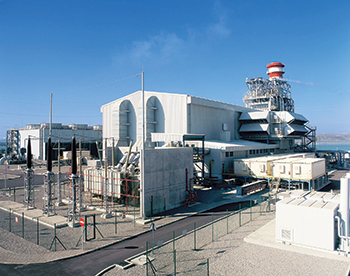 The Al Zour IWPP in Kuwait
The Al Zour IWPP in Kuwait
Some countries in the GCC have also taken steps to control demand, as a means of keeping required levels of investment in capacity at manageable levels
The Arab Petroleum Investments Corporation (Apicorp), the multilateral development bank focused on the energy sector, published its latest research report which forecasts that the Mena region will require $260 billion of investment to meet rising and suppressed electricity demand.
Kuwait’s generating capacity will need to reach 24GW by 2022, requiring $15 billion of investment; Qatar will need to invest around $9 billion to add 4.2GW to meet rising demand in the medium term: $6 billion in generation and $3 billion in transmission and distribution; Oman’s rising electricity demand will require an additional 4GW of generating capacity, which Apicorp estimates will cost $8 billion; and Bahrain will need to grow capacity by six per cent per annum, with $3 billion of investment to meet capacity additions of 1.4GW, bringing the total to 5.8GW by 2022
Apicorp’s report also notes that electricity demand and consumption have been growing rapidly in the Mena region, driven by population growth and urbanisation, rising income levels, industrialisation, and low electricity prices; and while economic growth has slowed compared with historical highs, the International Monetary Fund (IMF) still expects an increase of 3.2 per cent in 2018 and 2019, rising to 3.5 per cent in 2022. The region’s population is also expected to grow at an average rate of 1.5 per cent per year in that same period.
To meet this rising demand, Apicorp estimates that Mena power capacity will need to expand by an average of 6.4 per cent each year between 2018 and 2022, which corresponds to additional capacity of 117GW. Apicorp forecasts that $152 billion will be needed to deliver this additional capacity, with a further $108 billion needed for transmission and distribution.
Ghassan Al-Akwaa, Energy Sector Specialist at Apicorp, said that fiscal challenges have meant that governments are no longer able to support the provision of cheap power, and many countries are accelerating their price reform plans with the aim of liberalising prices in the short term. While these programmes will aim to reduce the fiscal burden on governments, they will also put downward pressure on power demand. ‘At the same time, there is a growing role of Independent Power Producers (IPPs) in the region’s power sector. Governments have limited options in the medium-term and IPPs will continue to be at the forefront of governments’ strategies to add generating capacities, which will provide significant relief to government finances and state utilities," Al-Akwaa adds.
Whilst it currently represents 47 per cent, or 151GW, of current Mena power generating capacity, Apicorp forecasts that the GCC will need to invest $55 billion to create 43GW of additional generating capacity and another $34 billion in transmission and distribution over the next five years.
Some countries in the GCC, notably Saudi Arabia, have also taken steps to control demand, as a means of keeping required levels of investment in capacity at manageable levels. This was the thinking behind the Saudi Arabian government’s most recent round of price increases, as demand had risen significantly on the back of cheap electricity, and with lower oil revenues, subsidising high levels of consumption is no longer sustainable.
On the investment side, the required additional generating capacity in the GCC will be found in traditional and renewable forms of power generation. Saudi Arabia will need to invest around $21 billion, which will increase capacity to 92GW. Saudi Arabia is also kick-starting its renewable-energy initiative, seeking to develop 10GW of solar and wind energy by 2023.
The UAE needs to invest at least $33 billion to meet its expected additional 16GW capacity requirement over the medium term. The country is diversifying its energy sources in the power mix, and Apicorp estimates that nearly 10GW of capacity additions are already in execution, including 5.6GW of nuclear. Solar power also features heavily in the UAE’s plans and is expected to account for 25 per cent of the generation mix once its latest $13.7 billion (5GW) solar park is fully commissioned.










































































